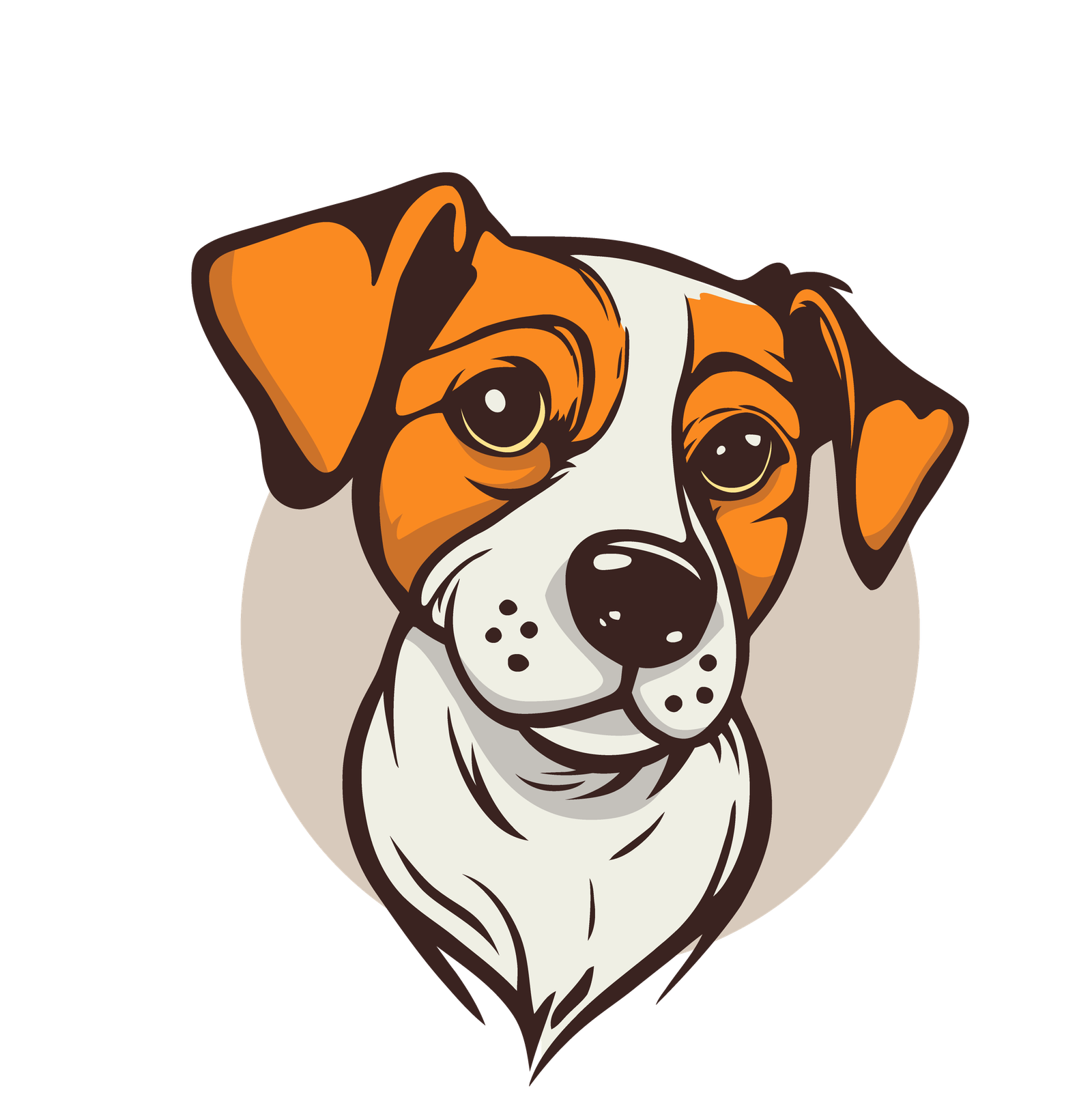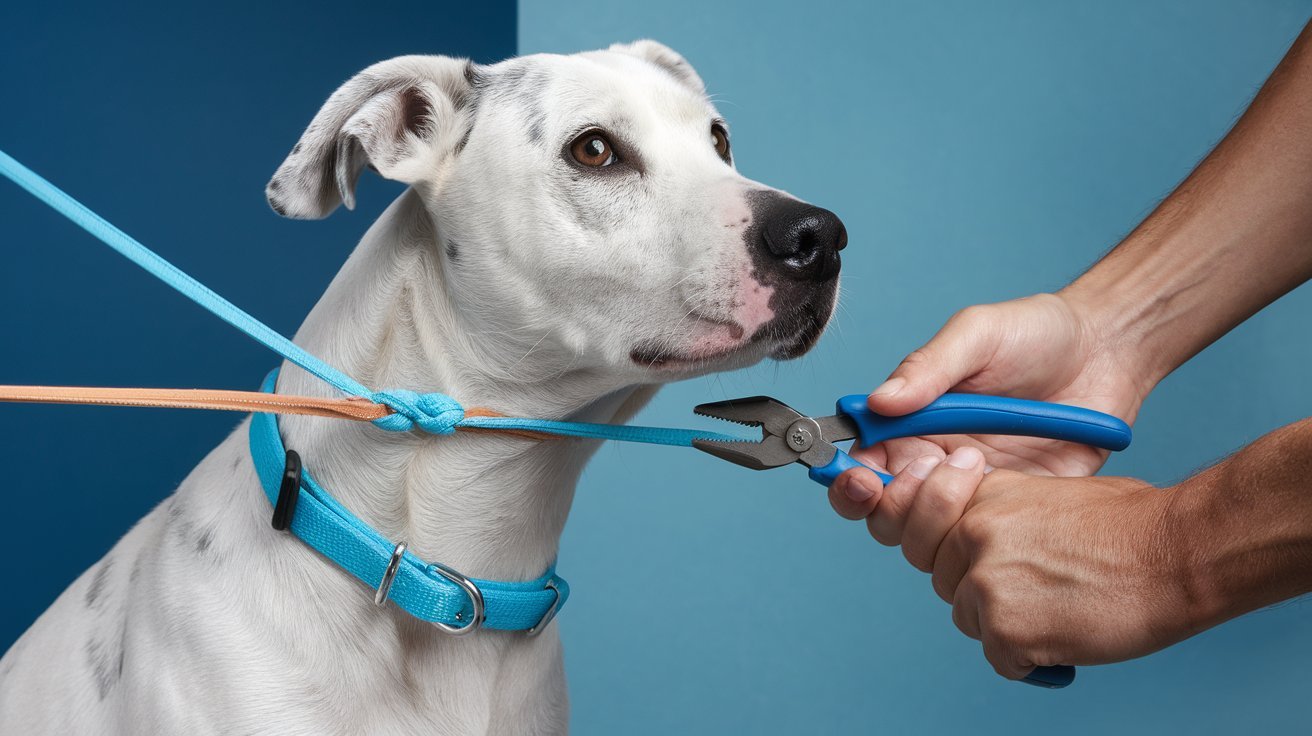When you’re a dog owner or someone interested in the biology of canines, you may come across certain behaviors or physical traits that might seem unusual or confusing. One such term is the dog knot. Let’s take a deep dive into understanding what it is, why it happens, and what it means for your dog’s health.
What Exactly Is a Dog Knot?
In simple terms, the dog knot refers to a specific swelling that occurs at the base of a male dog’s penis during mating. This swelling happens naturally and is a key part of the mating process for many mammals, including dogs. The knot plays a role in ensuring that mating is successful, as it helps the male and female stay connected, or “tied,” for a certain period after intercourse. This “tie” increases the chances of fertilization.
This process might seem surprising, especially if you’ve never seen it before. But, it’s completely normal and nothing to worry about!
Why Does It Happen?
The knot is a biological adaptation meant to aid in reproduction. When a male dog becomes aroused, the blood flow to his reproductive organs increases, causing the bulbous glands (the technical term for the knot) to swell. This swelling ensures that the male and female stay connected for several minutes to as long as 30 minutes. During this time, sperm is transferred, increasing the likelihood of successful fertilization.
One of my friends once had a small scare when her two dogs were stuck together after mating. She panicked, thinking something was wrong, but as it turns out, this “tying” is a natural part of the process. Her dogs were completely fine after a few minutes.
Is It Painful for Dogs?
Many new dog owners often worry that the knot might be painful or uncomfortable for the dogs involved. Rest assured, this is not the case. The tie is a natural biological function, and while it might look odd or concerning, the dogs aren’t in pain. The female dog may show some restlessness, but this is normal, and it’s important not to intervene or try to separate them.
What Should You Do If Your Dogs Get Stuck?
Seeing your dogs “tied” can be unsettling, especially if you’re unfamiliar with the process. But here’s a step-by-step guide on how to handle this situation:
- Stay Calm – First and foremost, don’t panic. This is a natural process and happens during mating.
- Don’t Pull Them Apart – As tempting as it might be to separate them, doing so can cause injury to both dogs. The tie will naturally resolve itself in time.
- Let Nature Take Its Course – Typically, the swelling will subside within 10-30 minutes, and the dogs will separate on their own.
- Ensure a Calm Environment – Keep the area quiet and free from distractions to help the dogs relax.
If you’re concerned that the tie is taking longer than expected or notice any signs of distress, it’s always a good idea to consult with your veterinarian.
Can Dogs Get Stuck Without Mating?
Sometimes, you might notice that your dog’s bulbous glands swells even without mating. This can happen if the dog is aroused but not engaging in intercourse. It’s another normal occurrence, and unless there’s discomfort or excessive swelling, there’s no need for concern. However, if you notice unusual behavior or prolonged swelling, it might be time to reach out to a vet.
Caring for Your Dog After Mating
After mating, your dog may need a little extra care. Here are some tips to ensure your dog’s comfort:
- Provide Rest: Let your dog rest for a while after mating. It can be a physically tiring process, especially with the added time spent tied.
- Hydration: Make sure your dog has access to fresh water.
- Monitor Behavior: Keep an eye on your dog for any unusual signs, such as excessive licking or discomfort.
Understanding the Dog Knot and Reproduction
The dog knot plays a crucial role in the reproduction of canines. For breeders, this knowledge is vital, as it helps ensure that the mating process goes smoothly. If you’re a pet owner, it’s simply good information to have, so you’re not caught off guard when your dogs mate.
One of the biggest takeaways is that while the dog knot may seem strange, it’s entirely natural and nothing to worry about.
When Should You Contact a Vet?
In rare cases, complications might arise, such as prolonged swelling or if the tie doesn’t resolve naturally. If you notice anything out of the ordinary, don’t hesitate to get professional advice. Here’s when you should consider consulting a vet:
- If the tie lasts longer than 30 minutes and your dogs seem distressed.
- If there’s visible discomfort or signs of pain.
- If your dog’s bulbous gland stays swollen even after mating has finished.
A vet will be able to examine your dog and provide the right guidance to ensure they remain healthy.
Final Thoughts on the Dog Knot
Understanding the biology behind the dog knot can make you a more informed dog owner or breeder. The next time you witness your dogs in the mating process, you’ll know exactly what’s happening and why. It’s a fascinating part of canine reproduction that’s often misunderstood but critical to the continuation of the species.
By learning more about how the dog knot works, you’re taking an important step in being a responsible pet owner. And remember, if you ever have any concerns about your dog’s health, don’t hesitate to reach out to your vet for professional advice.
Hyperlinks


I consider, that you are mistaken. I can defend the position. Write to me in PM, we will talk.
https://1xbetnplogin.com/
https://1xbetlklogin.com/
https://1xbetvnlogin.com/